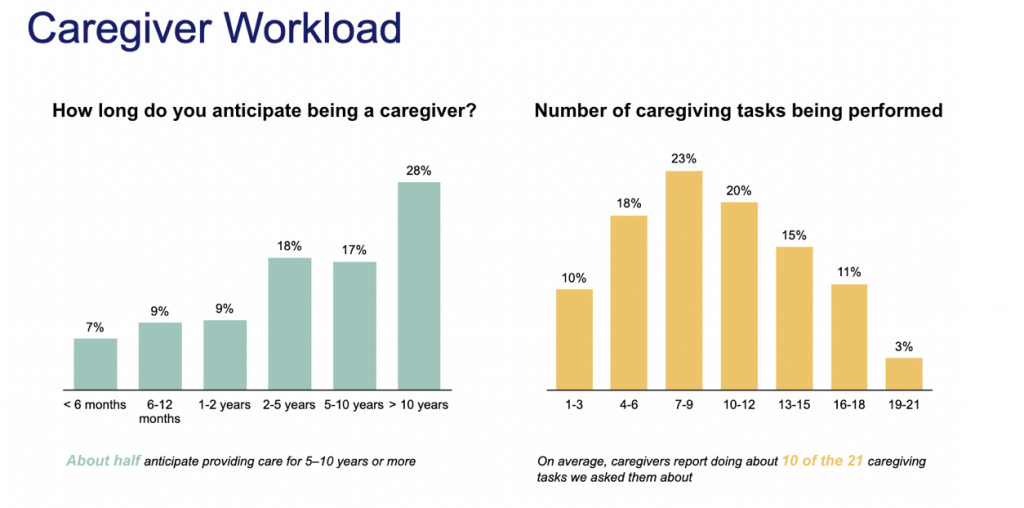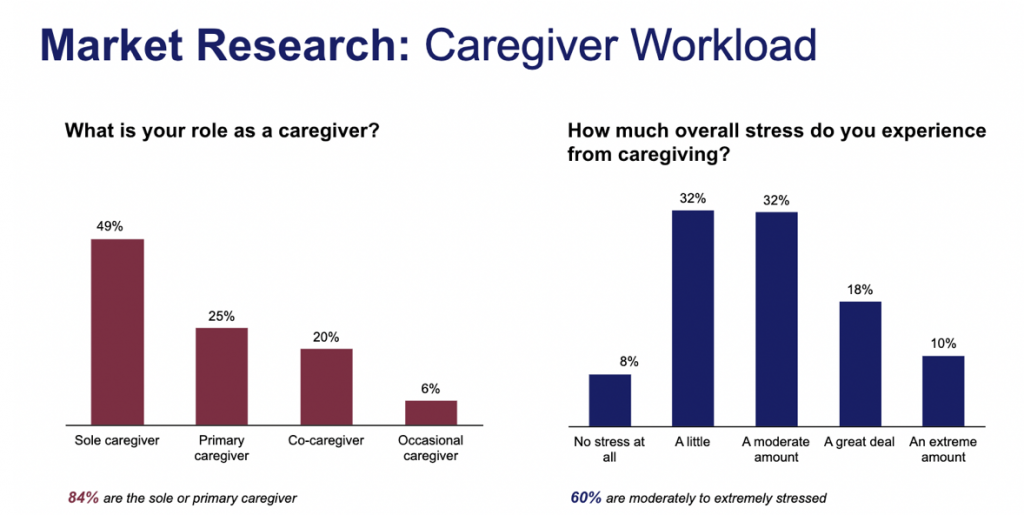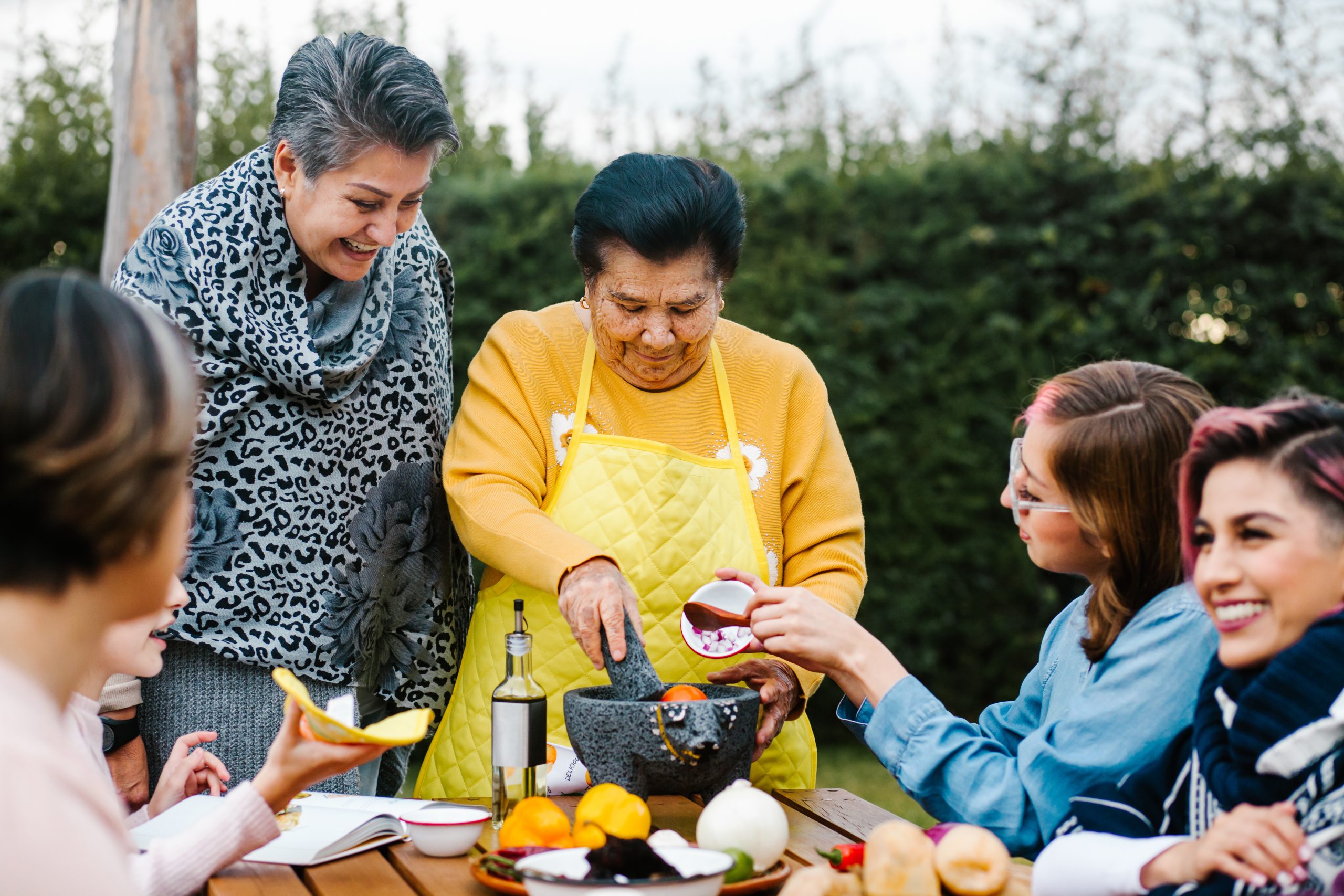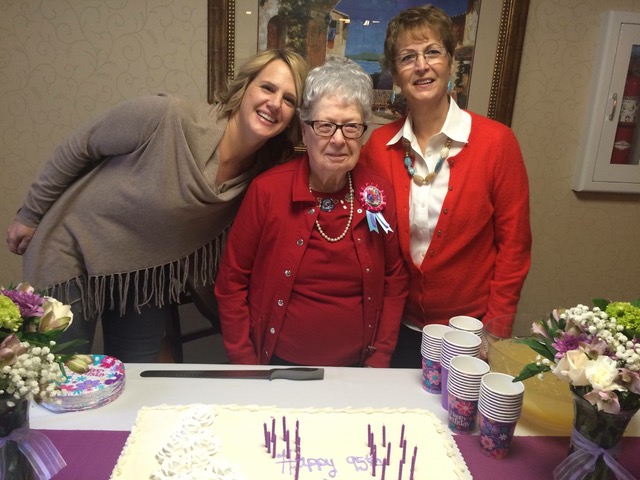The Sandwich Generation
We founded SandwYch to help those who are in the tough spot of being a caregiver to their parents while being parents themselves.
This special group of people is a part of the “Sandwich Generation” since they’re “sandwiched” between generations, taking care of both.
Gen X in the Middle
Historically Baby Boomers made up the majority of the Sandwich Generation but as they have gotten older, and need care themselves, Gen X now finds themselves “sandwiched.”
More specifically, statistics show that 47 percent of adults in their 40s and 50s are supporting an aging parent in their 70s while also managing their kids. The typical American Sandwich Generation informal caregiver is:
- Female, 3 in 5 caregivers are women
- In her mid to late 40s. 49.4 years old.
- Married, 87% are married
- Employed, 60% work 40 or more hours.
Caregiving impacts all racial/ethnic groups, educational levels, work statuses, genders, and nearly all generations. The increase from 47.9M in 2015 to 53M could be to any of the following:
- Baby boomer population needing more care
- Limitations or workforce shortages in the health care or LTSS (Long Term-Social Services) formal care system
- Increased efforts by states to facilitate home- and community-based services through medicaid
- Increased numbers of Americans who self-identify with daily activities and support is caregiving.
Sandwich-Generation Caregivers in the Workplace
The most distinguishing factor defining the sandwich-generation caregiver is their challenging role in juggling both the office and home.
- 1 out of 6 employees provides some level of care for a family member or friend.
- Employees are more likely to care for a relative, spouse/partner or parent/parent-in-law.
- White, African American, and Hispanic caregivers are each more often working at a position that is paid hourly (55 percent), while Asian American caregivers more often report having a salaried job (55%).
- Men who provide care more often are salaried (45% vs. 34% of women caregivers)
- Youngest caregivers–those ages 18-49 are more often work hourly (60% vs 48% of those between 50-64)
- Long-distance caregivers, living an hour or more away have salaried positions.
- 53% of supervisors know that their employees are providing caregiving for another (2020, AARP).
Financial Commitments of Sandwych-Generation Caregivers
Sandwich generation caregivers may have to reduce their working hours, resulting in reduced pay. The financial implications are impactful on the financial health of the caregiver.
By reducing hours at their job or potentially taking a break altogether from their job, sandwich-generation caregivers have savings that are at risk of depletion due to irregular contributions.
Other financial commitments can include covering the expense for senior living centers or costly modifications to their own place to accommodate their fully moved-in senior.
Interrupted employment means interrupted retirement savings contributions.
Responsibilities Taken on by Sandwich-Generation Caregivers
Regardless of their season of life, most sandwich-generation caregivers are responsible for a variety of their loved one’s needs. A few examples might include:
- Assisting with basic needs like bathing, grooming, or activities of daily living (also referred to as ADLs)
- Make appointments on their loved one’s behalf and maintain their calendar
- Help with housekeeping tasks both indoors and outdoors
- Monitor and manage medications to ensure prescription safety
- Plan and prepare meals while monitoring their fridge and pantry for expired foods
- Provide transportation to and from medical and other various appointments
- Manage financial and legal responsibilities on their senior’s behalf

And that’s just scratching the surface! So it’s no surprise that between the office and home, sandwich-generation caregivers are stressed out, burnt out, and worn out.
SandwYch’s Top 5 Tips for Sandwich-Generation Caregivers to Prevent Burnout
- Ask for help and divide tasks
Divide and conquer! Don’t be afraid to reach out to friends and neighbors for extra support. It truly takes a community to stay afloat–you’re not alone.
- Consider respite care
Respite care provides short-term relief for caregivers offering caregiving services for the afternoon up to about 5 days. Respite care might be a welcome break for both you and your loved one.
- Check into family-leave benefits at work
The Family and Medical Leave Act (FMLA) provides certain employees with up to 12 weeks of unpaid, job-protected leave per year. Additionally, your group health benefits are protected during the leave.
- Prioritize your health by staying up-to-date on your own appointments
You can’t pour from an empty cup. Take the time to schedule your own doctors’ appointments so you can stay in good health to take care of those who depend on you. This can also include regular therapy appointments for coping with the far-reaching effects of caregiving.
- Join a caregiver support group
There’s certainly power in numbers, but even greater power in community. In addition to your local support groups, join us online and stay connected with other caregivers as you learn from each other and support one another.

How SandwYch Can Help the Sandwich Generation
Being a caregiver is no small task. It requires time, resources, and emotional support. SandwYch is committed to guiding caregivers through the healthcare maze with knowledge, tools, and support. We empower the caregivers to be powerful advocates so your loved one can have the best care possible.
We’ve brought together advocates and experts in care coordination, social work resources, and mental health support to help you create the most fulfilling experience possible.
We’re here to provide factual, unbiased information and support so that you can be confident that you’re making the best decisions for your family. After all, you can’t help a loved one if you’re hurting or feeling inadequate.
SandwYch brings out the best in you and your loved one during the caregiving journey through these tools and services:
- Guided Group – Caregiving Foundations
- All the help and information you need to set a solid caregiving foundation in six weeks. Our time together includes calls, videos, community support, and proven tools to assist your path forward.
- Family Mediation
- Engage in a safe environment with a SandwYch mediator to create care agreements and move forward to understand the complexities of caring for a loved one.
- Community
Are you a part of the sandwich generation or know someone who is? Are you an exhausted sandwich-generation caregiver? We want to help. Start by signing up for our FREE resources on caregiving specific to your needs.




